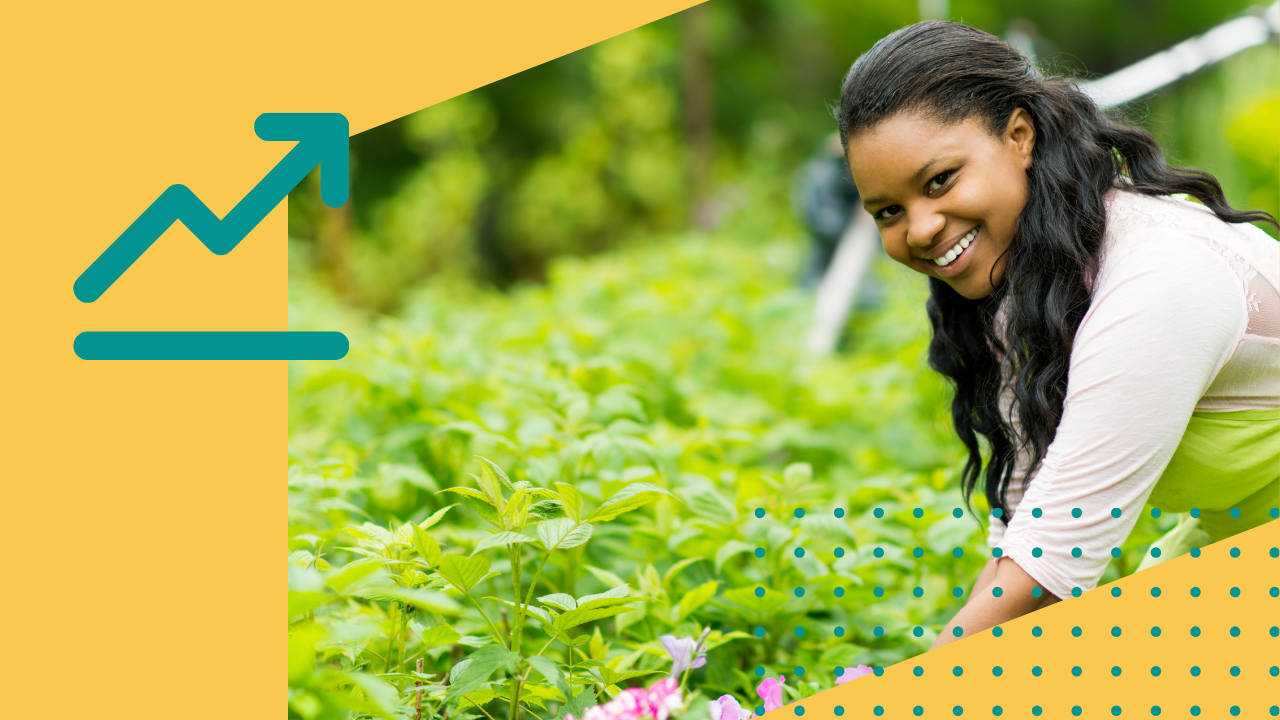
We Asked
- What is your primary motivation for gardening?
- Do you have any secondary reasons for gardening?
- How do you think of your garden and gardening as an activity?
Consumers Answered
Our survey reveals a fascinating shift in motivations for gardening across age groups. Among younger gardeners (under 25), mental wellness (28.81%) and growing food (47.38%) stand out as key drivers. This suggests that younger gardeners may view their time in the garden as a way to reconnect with nature, relieve stress, and improve their mental health, while also embracing the practical benefits of growing their own food.
As gardeners age, the focus on wellness decreases, and an emphasis on beauty emerges. Among those aged 55-64, for instance, 22.10% cite beauty as their primary motivation. For the 65+ group, beauty reaches its highest importance at 25.45%. This shift suggests that older gardeners may value the aesthetic and creative aspects of gardening more, likely due to having more time or experience to perfect the visual appeal of their spaces.
Interestingly, the motivation to support pollinators and wildlife is higher among middle-aged gardeners (35-54), peaking at 20.54% in the 45-54 range, hinting at a growing awareness of environmental stewardship.
Across all age groups, food gardening remains consistently popular, though slightly less so among older respondents. This shows the continued appeal of self-sufficiency, regardless of age.
What is your primary motivation for gardening?(by Age)

Sample results from the “Other” option
- Rain barrels
- No watering
- Spring well
- Irrigation ditch
The rest of this insight is for members only, please Sign In or Sign Up to continue.
Join Now

The rest of this insight is for members only, please Sign In or Sign Up to continue.
Do you have any secondary reasons for gardening?(by Age)
The secondary motivations for gardening largely mirror the primary reasons. Younger gardeners (<25) continue to prioritize growing food (45.28%) and mental wellness (28.81%), reinforcing their practical and health-oriented approach. As gardeners age, beauty steadily rises as a secondary motivation, with the 65+ group showing the highest rate (25.45%). Supporting pollinators and wildlife appears more prominently among middle-aged gardeners, peaking in the 45-54 group (15.04%), suggesting growing environmental consciousness. Overall, these secondary motivations follow similar patterns to the primary reasons, indicating consistent values across age groups.
How do you think of your garden and gardening as an activity?(by Age)
Surprisingly, the data shows that the intensity of passion for gardening declines with age. Among younger gardeners (<25), 32.27% see gardening as their passion, while this drops to just 17.78% for the 65+ age group. Instead, older gardeners tend to view gardening more as a good outdoor activity, with this sentiment peaking at 54.05% among the 65+ group.
Meanwhile, the “primary hobby” option remains relatively steady across age groups, suggesting that while gardening remains a beloved activity, it shifts from a passionate pursuit to a more practical or enjoyable outdoor pastime as people age. Interestingly, only a small percentage in any age group consider gardening more of a chore than a hobby, with slightly higher rates among those aged 25-34 (6.67%) and 65+ (5.30%). This shift in perceptions may reflect changing life circumstances or priorities as gardeners age.
Expert Opinion
LaManda Joy - Simple Spring / Great Grow Along
Sue Goetz - Owner & Lead Designer of Creative Gardens
Join Now


